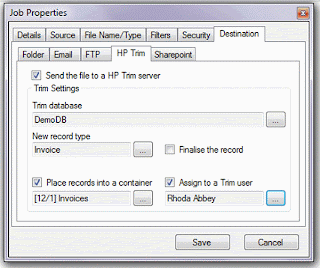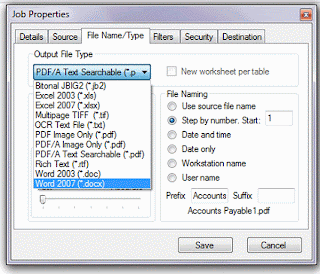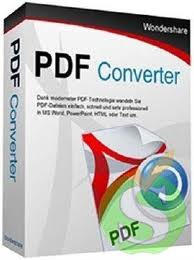Businesses are increasingly outsourcing their
information technology (IT) infrastructure needs, which has benefited the Data
Processing and Hosting Services industry. This industry provides infrastructure
for hosting or data processing services used for a variety of IT-related
activities, ranging from web hosting to automated data entry services. The
industry fared well during the past five years, with revenue growing at an
annualized rate of 2.4% to $81.3 billion in 2012. In 2012, IBISWorld expects
revenue to grow 5.9%, reflecting a stronger economy and an increase in the use
of industry products by companies. “Growth was spurred by investment in
outsourcing application hosting to specialized firms as an alternative to local
hosting of enterprise software during the five years to 2012,” said IBISWorld
industry analyst Andrew Krabeepetcharat. Because revenue depends on
subscriptions, the pullback of IT spending during the recession slowed the rate
of revenue growth. Spending has picked up since 2007, and it is expected to
grow even faster in 2012 as firms increasingly outsource their IT needs to
third parties.
Merger and acquisition (M&A) activity is
anticipated to increase during the next five years as industry firms
consolidate to reduce redundancies and increase the subscriber base over which
they can allocate computing resources. Also, supply disruptions in the hardware
space (e.g. the flooding of hard-drive manufacturing plants in Thailand during
2011) may push companies that managed their IT infrastructure needs in-house to
opt for a third-party provider. Other factors will also play into growth in the
coming years. Consolidation within other industries will push businesses to
outsource their IT needs as systems become too complex to maintain in-house. At
the same time, the exponential growth in complexity as scale grows, will
increase the level of expertise needed to effectively manage large data
centers. As firms begin capturing more data, they will increasingly require
outside expertise to manage their data collection, hosting and processing. As a
result, revenue is forecast to grow at an through 2017.
In 2012, IBISWorld estimates that the four
largest operators in the Data Processing and Hosting Services industry will
account for an estimated 33.6% of industry revenue. According to
Krabeepetcharat, the level of concentration in the industry is low, primarily
due to the range of services that data processing and hosting service companies
can provide. In terms of the size of establishments according to staff levels,
the industry is highly fragmented, with 56.9% of all establishments employing
fewer than five people in 2012. Large establishments of 100 or more employees
represent just 8.6% of the industry. These numbers may be skewed due to
outsourcing; some firms may have more employees overseas that are not included
in the data for this industry. For more information, visit IBISWorld’s Data Processing & Hosting Services in the US industry report page.
Source: thehostingnews.com






